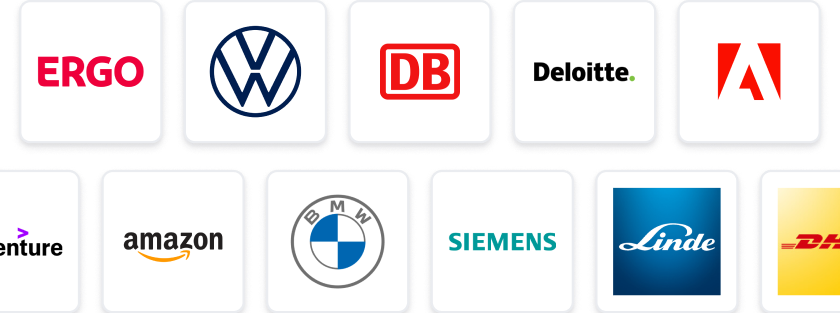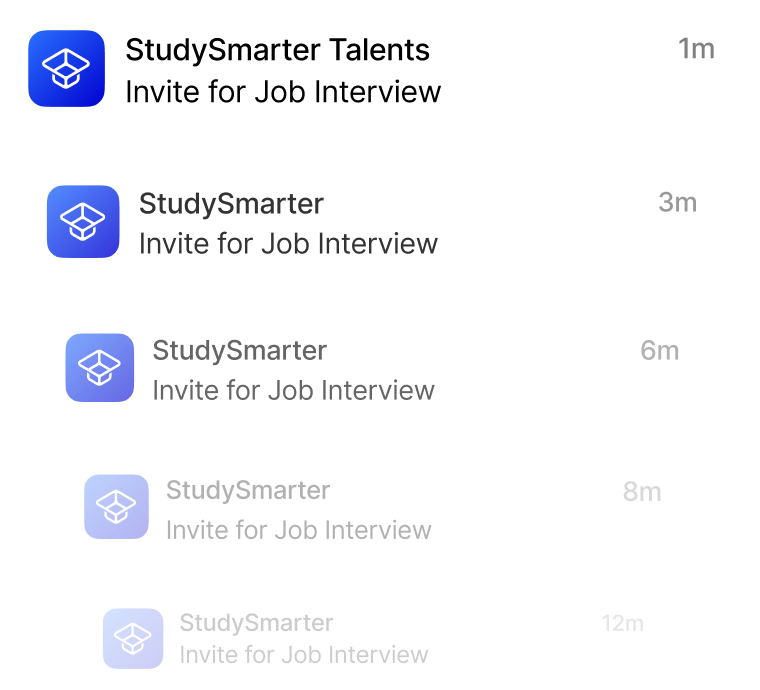At a Glance
- Tasks: Design and verify digital logic for custom ASICs in a hands-on role.
- Company: Neuranics is a pioneering fabless semiconductor company based in Glasgow.
- Benefits: Enjoy enhanced bonuses, share options, private health insurance, and a friendly office environment.
- Why this job: Make a real impact on next-gen wearables and collaborate with top-tier companies.
- Qualifications: BSc/MSc/PhD in Electrical Engineering or related field with 5+ years of relevant experience.
- Other info: VISA support available for the right candidate.
The predicted salary is between 43200 - 72000 £ per year.
Neuranics is a fast-growing fabless semiconductor company pioneering the future of magnetic sensing solutions. Based in Glasgow, we are developing cutting-edge Tunnelling Magnetoresistance (TMR) sensors that are enabling the next generation of wearables, XR, and advanced human-machine interaction.
As we push the boundaries of magnetic sensing, this role offers the opportunity to work on real innovations that will shape the future of sensing. You’ll be part of a fast-moving team developing technology that is unlocking new possibilities for next-generation devices, working closely with Tier 1 consumer electronics and semiconductor companies. This is a chance to make a real impact, tackling challenges and driving breakthrough solutions in exciting and rapidly evolving markets.
Job Summary:
As an RTL Design Engineer, you will be responsible for the design, implementation, and verification of digital logic for our custom ASICs for a state-of-the-art System-on-Chip for next-generation quantum sensing. You will work closely with analog designers, layout engineers, electronics engineers, and sensor experts to translate system-level requirements into efficient and reliable RTL using Verilog. The role is hands-on and will involve extensive work within the Cadence toolchain.
Key Responsibilities:
- Develop synthesizable Verilog RTL for core digital blocks interfacing with TMR-based analog front ends and system controllers
- Collaborate with the ASIC and sensor system designers to define block-level specifications
- Perform RTL simulation and functional verification using Cadence tools
- Support ASIC tape-out flow and post-silicon bring-up alongside test engineers
- Contribute to system integration with embedded software and mixed-signal components
- Document design specifications, verification plans, and testbench structures
Requirements:
- BSc/MSc/PhD in Electrical Engineering, Computer Engineering, or related field
- 5+ years of experience in ASIC/FPGA RTL design, preferably for low-power wearable or biomedical applications
- Strong proficiency in Verilog HDL and digital design fundamentals
- Understanding of RTL to GDS signoff flow (STA, clock tree synthesis, DFT etc.)
- Hands-on experience with Cadence tools
- Solid understanding of clock domain crossing, low-power design (UPF), and bus protocols
- Strong documentation and communication skills, with the ability to engage with the wider ASIC and engineering teams as required
- Self-motivated and adaptable, capable of working independently or within a team in a fast-paced environment
- Ability to work on site in a Glasgow based facility
- Previous work with custom silicon for biosensors or MEMS/TMR-based systems
- Experience with power and area optimization techniques for wearable devices
- Exposure to mixed-signal simulation environments and AMS verification
- Familiarity with firmware-hardware integration and embedded systems
- Experience in integrating Arm processors and/or Bluetooth circuit blocks to the ASIC
Why Join Us?
Join a rapidly growing deep-tech company at the forefront of magnetic sensing solutions. At Neuranics, you’ll work on real-world innovations, collaborating with Tier 1 consumer electronics and semiconductor companies to shape the future of wearables, XR, and human-machine interaction.
You’ll be part of a fast-moving, collaborative team, developing groundbreaking technology and pushing the limits of what’s possible in sensing. If you’re looking to make a real impact, contribute to cutting-edge projects, and grow with a company leading the way in innovation, we want to hear from you.
What We Offer:
- Enhanced Annual Bonus Scheme
- Share Options
- Private Health Insurance
- Life Insurance
- Company Pension Scheme
- Work on cutting-edge technology with a rapidly growing team
- Friendly, fast-paced office environment
Apply via our website: https://neuranics.com/career/rtl-design-engineer/ or email info@neuranics.com with your CV and cover letter.
Senior Digital IC Design Engineer (Glasgow) employer: Neuranics
Contact Detail:
Neuranics Recruiting Team
StudySmarter Expert Advice 🤫
We think this is how you could land Senior Digital IC Design Engineer (Glasgow)
✨Tip Number 1
Familiarise yourself with the latest advancements in Tunnelling Magnetoresistance (TMR) technology. Understanding the specifics of this cutting-edge field will not only help you during interviews but also demonstrate your genuine interest in the role and the company.
✨Tip Number 2
Network with professionals in the semiconductor industry, especially those who have experience with ASIC design and Cadence tools. Engaging with experts can provide valuable insights and potentially lead to referrals that could strengthen your application.
✨Tip Number 3
Prepare to discuss your previous projects involving Verilog HDL and low-power design techniques. Be ready to explain your thought process and the challenges you faced, as this will showcase your problem-solving skills and technical expertise.
✨Tip Number 4
Research Neuranics and their current projects thoroughly. Being able to articulate how your skills align with their goals and how you can contribute to their innovative work will set you apart from other candidates.
We think you need these skills to ace Senior Digital IC Design Engineer (Glasgow)
Some tips for your application 🫡
Understand the Role: Before applying, make sure to thoroughly understand the responsibilities and requirements of the Senior Digital IC Design Engineer position. Familiarise yourself with terms like RTL design, Verilog, and ASICs, as well as the specific technologies mentioned in the job description.
Tailor Your CV: Customise your CV to highlight relevant experience in ASIC/FPGA RTL design, particularly for low-power wearable or biomedical applications. Emphasise your proficiency in Verilog HDL and any hands-on experience with Cadence tools, as these are crucial for the role.
Craft a Compelling Cover Letter: Write a cover letter that not only outlines your qualifications but also expresses your enthusiasm for working at Neuranics. Mention how your skills align with their mission of pioneering magnetic sensing solutions and your eagerness to contribute to innovative projects.
Proofread and Submit: Before submitting your application, carefully proofread your CV and cover letter for any errors. Ensure that all information is accurate and that you have included all required documents. Then, submit your application through the provided link on the Neuranics website.
How to prepare for a job interview at Neuranics
✨Showcase Your Technical Skills
Be prepared to discuss your experience with Verilog HDL and digital design fundamentals. Highlight specific projects where you've developed synthesizable RTL, especially in low-power wearable or biomedical applications.
✨Understand the Company’s Technology
Research Neuranics and their Tunnelling Magnetoresistance (TMR) sensors. Understanding their products and how they fit into the market will demonstrate your genuine interest and help you answer questions more effectively.
✨Prepare for Collaboration Questions
Since the role involves working closely with various teams, be ready to discuss your experience in collaborative environments. Share examples of how you've successfully worked with analog designers, layout engineers, and other stakeholders.
✨Demonstrate Problem-Solving Abilities
Expect to face technical challenges during the interview. Prepare to discuss how you've tackled complex problems in past projects, particularly those related to ASIC tape-out flow, post-silicon bring-up, or power and area optimization techniques.

